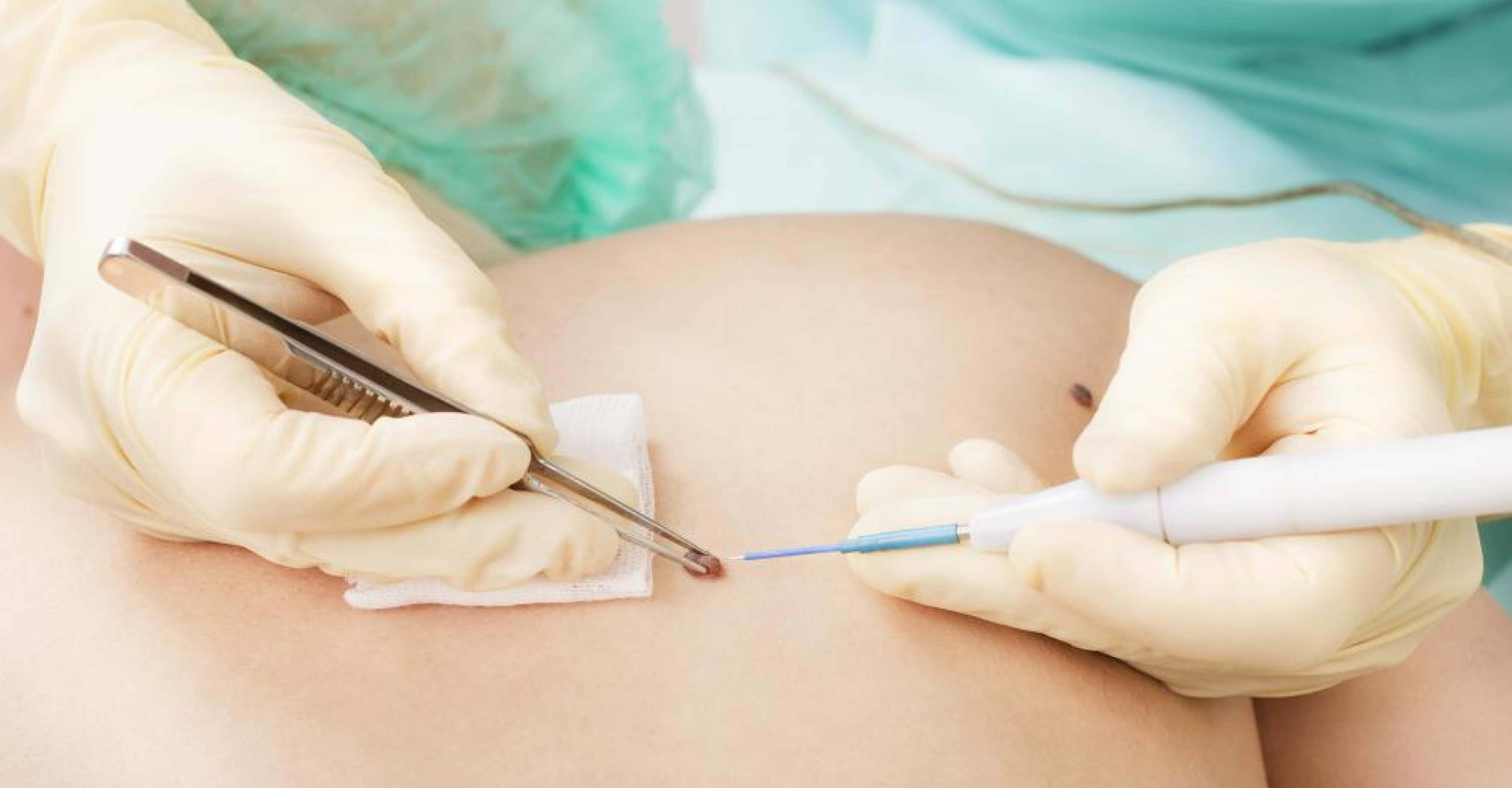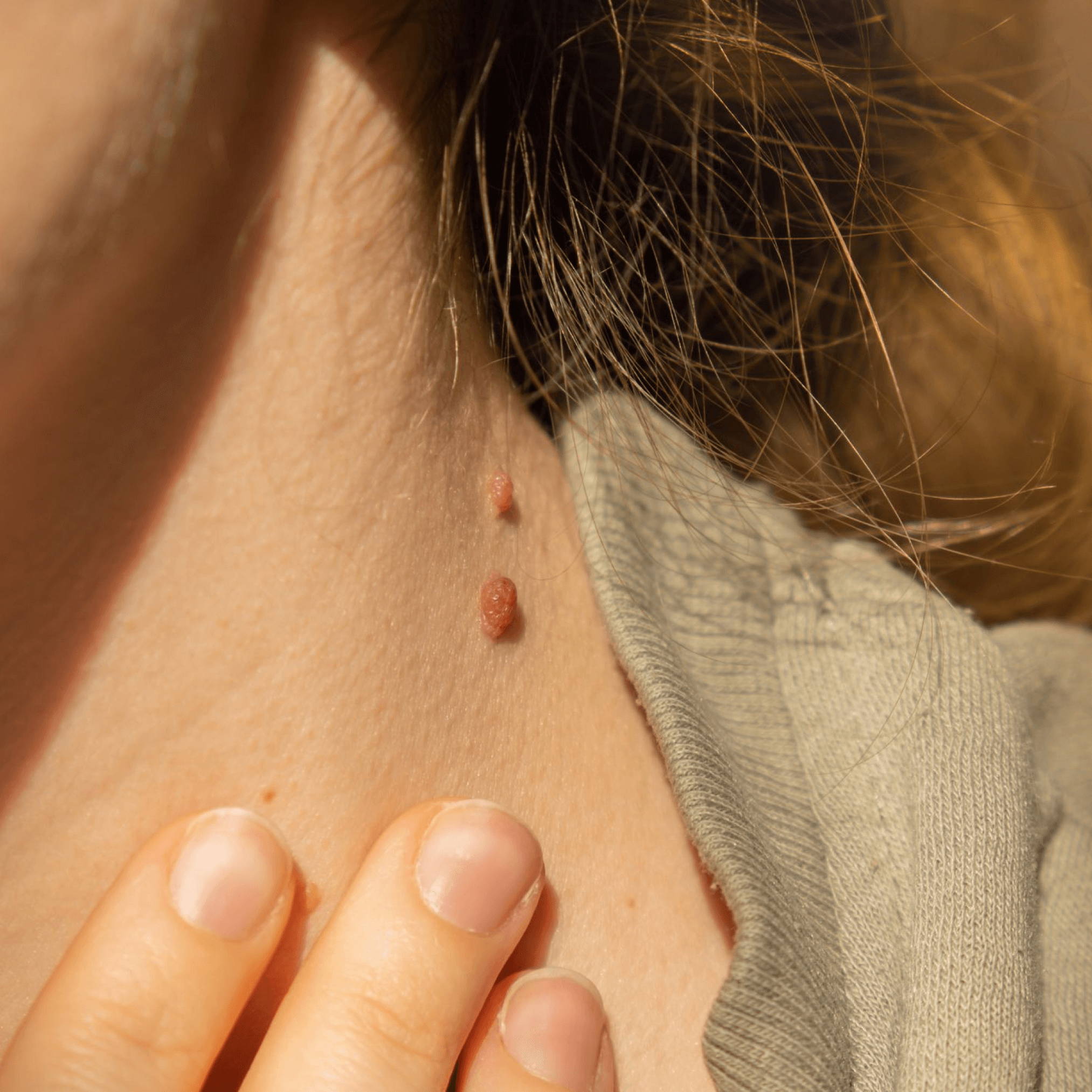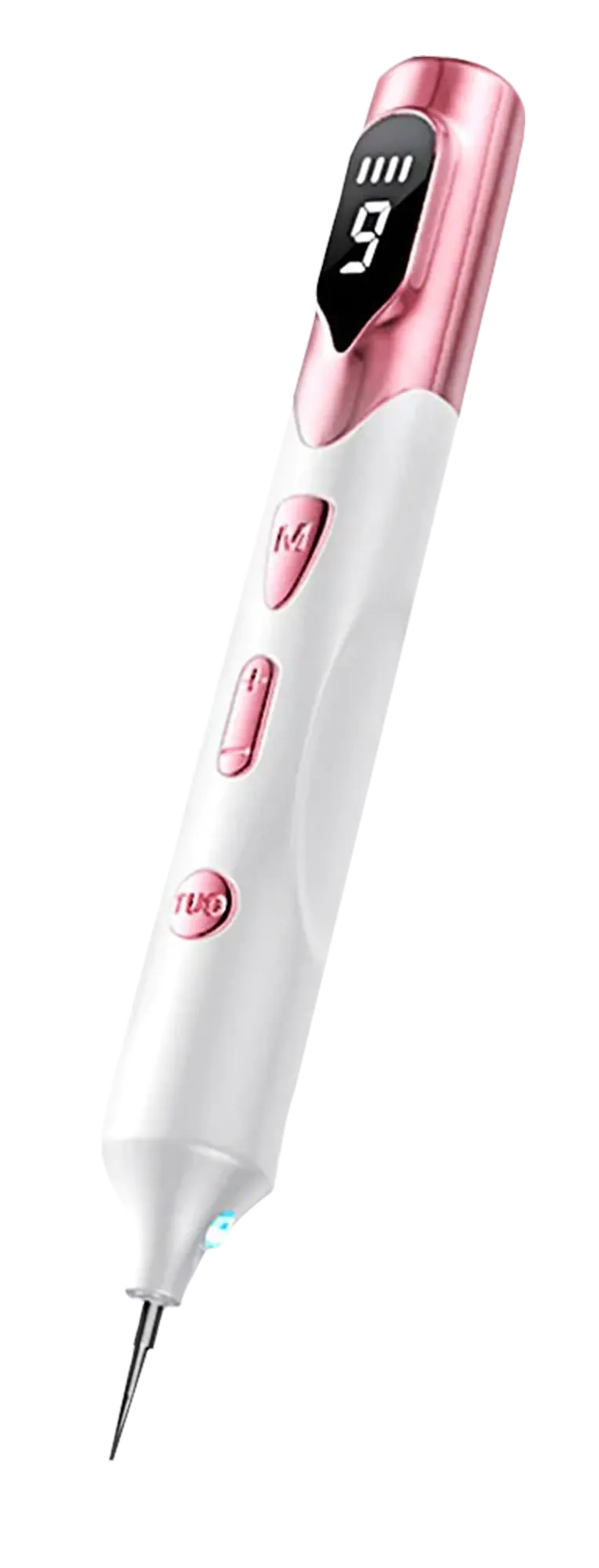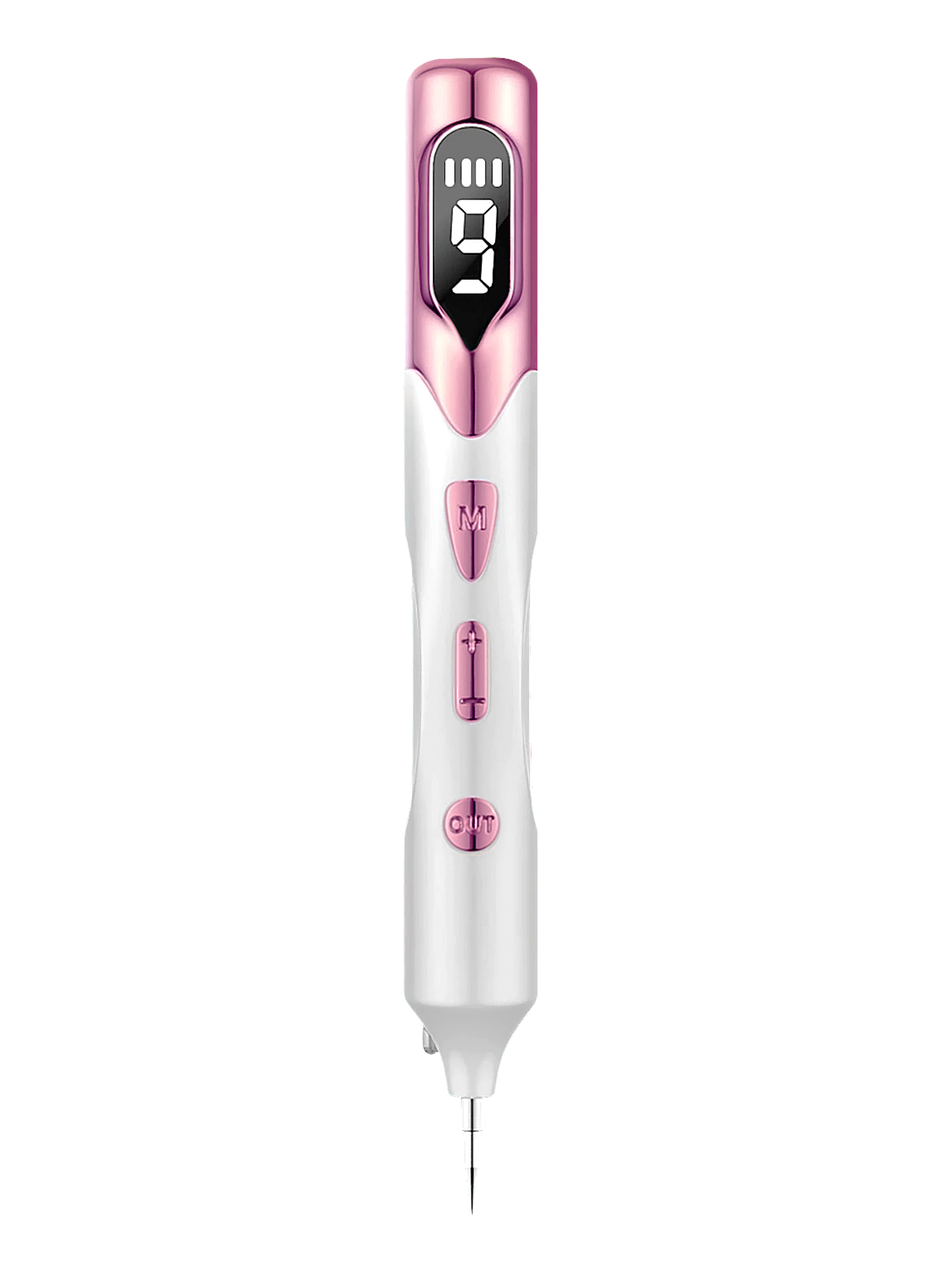Skin Tags Medical Guide: Should You Get Surgery?
Published on Jul 30, 2023

Exploring Surgical and Medical Skin Tag Removal Options
Medical procedures
Acrochordons, also known as skin tags, are small, soft, fleshy, benign growths on the surface of the skin.
They are usually found in areas where the skin rubs against each other, such as the neck, underarms, groin, and under breasts.
Especially when they cause irritation and discomfort, or when they go beyond aesthetic concerns, the need for medical intervention becomes vital.
If you are wondering which procedure will remove skin tags, the choice of method depends on several aspects.
These include the size, growth characteristics and location of the skin tags, pain tolerance, and skin type.
A dermatologist will be able to evaluate the characteristics of your skin tags and your medical history to ensure the most appropriate method for your particular case.
Medical excision procedures are often effective in completely removing acrochordons and provide immediate results and the healing process is relatively quick.
The risk of recurrence is low, and as a patient can enjoy smoother, irritation-free skin after the procedure.
It is important to note that despite their effectiveness, they do not prevent the appearance of new papillomas in other areas.
Therefore, maintaining healthy skin and taking preventative measures can help reduce the likelihood of new skin tags forming.
Surgical removal
Surgical removal, also known as excision, is a commonly used method for removing skin tags.
While not all skin tags require surgical removal, one may opt for this method for cosmetic or comfort reasons.
This treatment is typically performed in a medical office or dermatologist's clinic and involves the following steps:
Preparation:
The area around the skin tag is cleaned and sterilized to minimize the risk of infection.
Anesthesia:
Local anesthesia is administered to numb the area around the skin tag. This helps to ensure a painless procedure.
Excision:
The skincare professional uses a scalpel or medical scissors to carefully cut the skin tag at its base to ensure complete removal of the tag.
Hemostasis:
After excision, the healthcare professional ensures that any bleeding is stopped by applying pressure or using a small cauterizing tool.
Wound care:
Once the skin tag is removed, the wound is cleaned, and an antibacterial ointment or dressing may be applied to promote healing.
Recovery and aftercare
After this procedure, the recovery process is relatively straightforward.
The wound typically heals within a few days to a week, depending on the size of the tag and the personal healing capacity.
Proper wound care after a healing procedure is essential to ensure a speedy recovery. It's important to keep the area clean and dry at all times.
Avoid touching or picking the wound to reduce the risk of infection, and gently wash the area with mild soap and water before patting it dry.
Wearing loose-fitting clothing may also help prevent friction and irritation of the healing wound.
You may be advised to use an over-the-counter antibacterial ointment to keep the area clean and free of infection.
Finally, it's important to limit excessive physical activity or activities that may stress the wound area to avoid reopening the incision.
Anal skin tag surgery
Surgery to remove anal or perianal skin tags is designed to alleviate discomfort and hygiene problems. This is usually recommended for larger or symptomatic anal skin tags.
During the procedure, a healthcare provider will use either excision or ligation techniques to remove the skin tag. The area is then closed with dissolvable stitches or left to fall off naturally.
Special precautions are taken during anal skin tag surgery to minimize discomfort and ensure proper healing.
Local or regional anesthesia is used to numb the area, and the healthcare provider will thoroughly sterilize the area to prevent infection.
Follow-up instructions are given to ensure proper healing and prevent further complications.
Patients are advised to keep the area clean and dry, avoid straining during bowel movements, and wear loose-fitting clothing to reduce friction and irritation.
The length of the procedure can vary depending on the number of skin tags to be removed and the specific technique used.
It is important to consult with a qualified specialist to determine if this solution is an appropriate treatment option for your specific condition.
They can evaluate your individual case and make personalized recommendations to ensure the best possible outcome.
Cauterization removal
Cauterization is another medical procedure used to remove skin tags. It involves the use of heat to burn or destroy the tissue of the growth.
There are two main methods of cauterization: traditional cautery and electrocautery.
First, a heated metal instrument, such as a cautery pen or heated wire, is applied directly to the skin tag.
The heat from the instrument burns the tissue, causing it to coagulate and seal the blood vessels, effectively removing the skin tag.
Second, an electric current is used to generate heat. An electrocautery pen is utilized to apply the current directly to the tag, resulting in tissue destruction and coagulation.
The procedure for cauterizing skin tags involves the following steps:
Preparation:
The area around the skin tag is cleaned and a local anesthetic is applied to numb the area and reduce discomfort.
Cauterization:
The heated cautery pen or electrocautery device is gently applied to the base of the skin tag. The heat from the instrument destroys the tissue and stops any bleeding.
Aftercare:
The treated area is cleaned and an antibacterial ointment may be applied. And follow specific aftercare instructions to promote proper healing.
Benefits and limitations:
Cauterization is a quick and relatively simple procedure that can be performed in a medical setting.
One of its main advantages is that it provides immediate results and the healing process is generally faster compared to surgical removal.
While is also effective for removing skin tags, there are some limitations to consider.
Cautery can cause mild discomfort during the procedure, and the treated area may be sensitive or sore afterward. There is also a risk of scarring, especially if is not performed with precision.
It is important to be informed to determine if this is the best method for your skin tags and to ensure that the procedure is performed safely and effectively.
Are these professional methods what you need?

Making an informed choice for skin tag removal
Although these procedures successfully remove existing skin tags, it is important to take into account the needs of your skin and your personal preferences.

Especially when it comes to skin tags in common areas, away from the more sensitive areas that really need professional intervention, such as anal skin tags.
If you are looking for an alternative solution but with professional results for your low-risk skin tags, plasma therapy is the ultimate choice.
This skin care device allows you to take control of your hands to remove skin tags in a non-invasive and painless way.
If you want to immerse yourself in the true path to totally regenerated skin tag-free skin, learn more about our plasma pen.
REMOVE YOUR SKIN TAGS AT HOME WITHOUT THE HIGH PRICE

Skintify Fibroblast Plasma Pen
✓ 60 day money-back guarantee
Get your Skintify Plasma Pen with 30% off!
Say definitely goodbye to skin tags. Don't miss this opportunity to achieve real results.
Visit the site now and place your order before it's too late. Get the flawless skin you've always dreamed of!
Deal ending in:
- 4780 Winchester Blvd, Frederick Maryland, 21703
- support@skintify.co
- +1 786 540 6175




